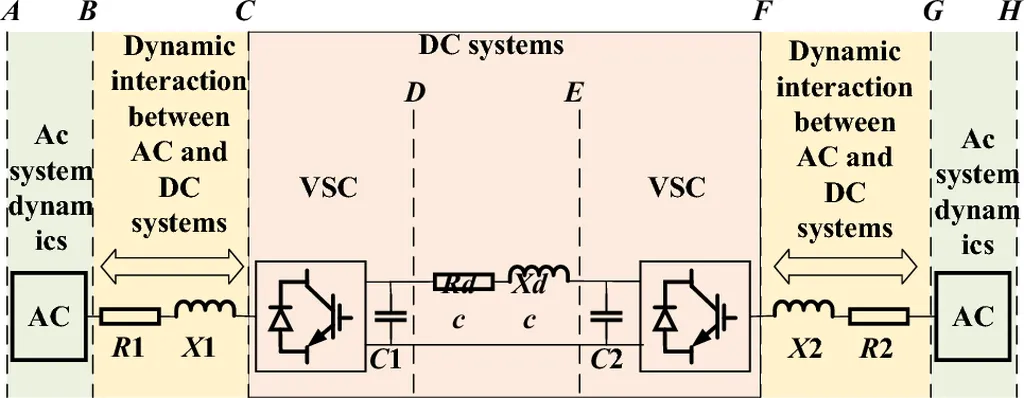In the dynamic world of power grid management, real-time monitoring of electromechanical oscillations is akin to a symphony conductor ensuring every instrument plays in harmony. A recent study published in the *International Journal of Electrical Power & Energy Systems* introduces a novel approach to this critical task, potentially revolutionizing how energy providers maintain grid stability and operational efficiency.
The research, led by Rodrigo David Reyes de Luna from the Autonomous University of Nuevo Leon in Monterrey, Mexico, proposes two innovative filtering techniques—Bessel and cosine-based filtering—to identify modal patterns in power grid oscillations. These patterns, which include damping and frequency, are crucial for understanding and mitigating disturbances in the grid.
“Our key idea was to introduce these filtering approaches to conduct a time–frequency analysis, which allows us to deal with the modal identification of nonlinear signals that arise after disturbances in the grid,” Reyes de Luna explained. This method involves developing theoretical foundations for both filtering perspectives, forming bi-orthogonal bases that support their analysis and synthesis equations. The extracted mono-component signals are then analyzed via Hilbert transform to identify their modal patterns.
The implications for the energy sector are significant. By accurately identifying and analyzing these oscillations, power grid operators can make more informed decisions, enhancing grid reliability and stability. This is particularly important in an era where renewable energy sources, which can introduce variability into the grid, are becoming increasingly prevalent.
The research demonstrates its applicability through numerical experiments conducted on synthetical oscillating signals, simulated-based signals extracted from a well-known power grid, and synchrophasors captured by the Mexican Wide Area Monitoring System (WAMS). These experiments underscore the potential of the proposed methods to handle real-world scenarios effectively.
As the energy sector continues to evolve, the ability to monitor and control electromechanical oscillations in real-time will be paramount. Reyes de Luna’s work offers a promising avenue for achieving this goal, potentially shaping future developments in grid management and stability.
In the words of Reyes de Luna, “This research not only provides a theoretical framework but also demonstrates practical applications, making it a valuable tool for energy providers.” As the energy sector navigates the complexities of modern grid management, such innovations will be crucial in ensuring a stable and efficient power supply for all.

